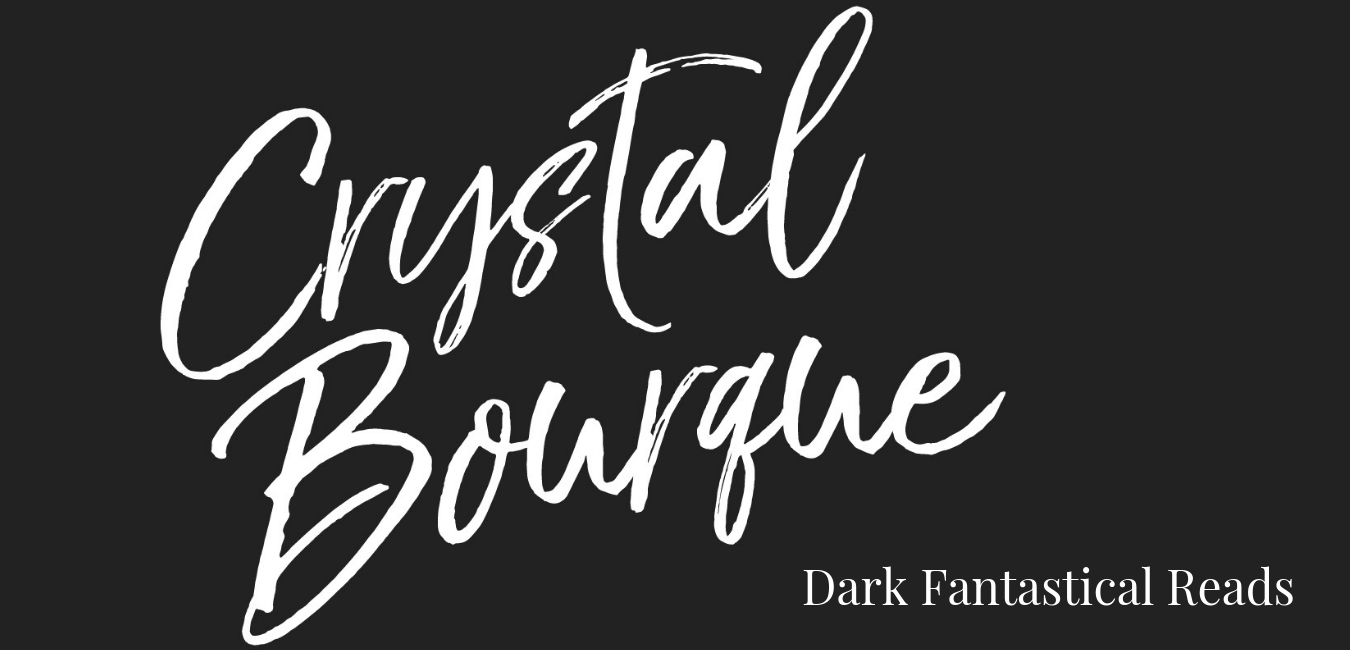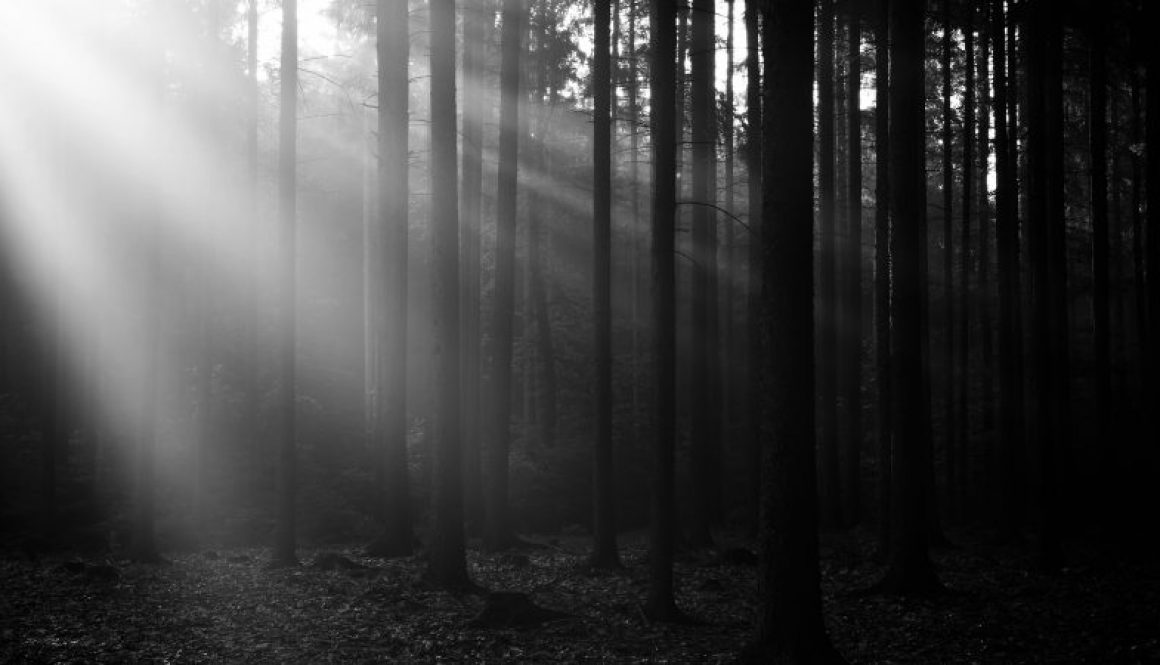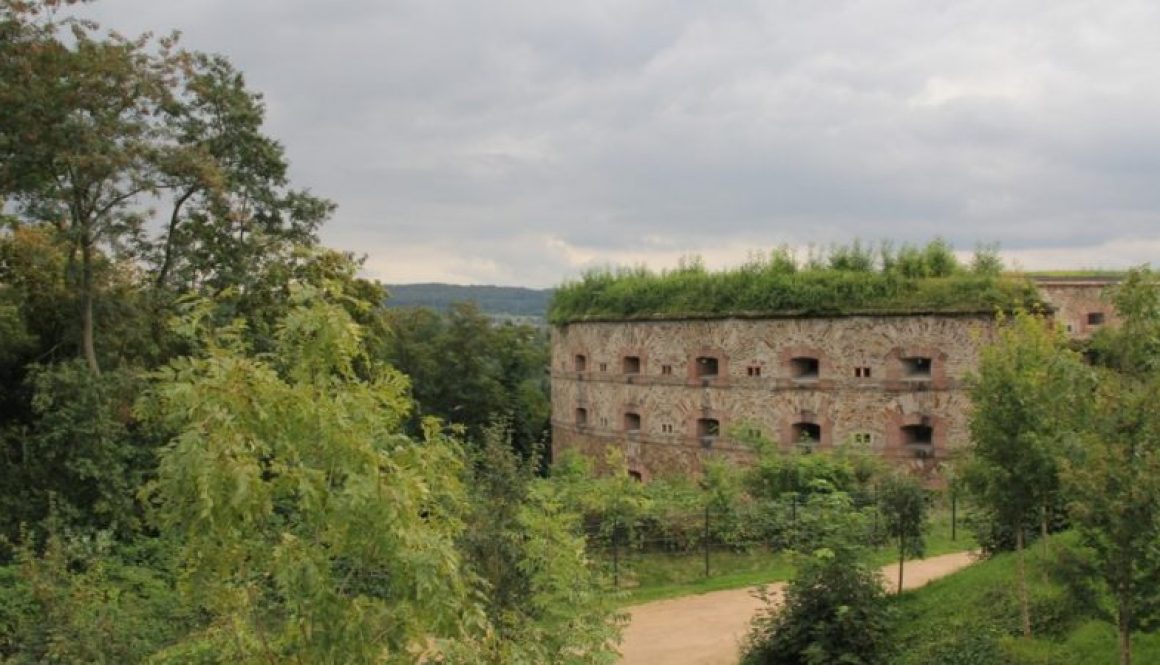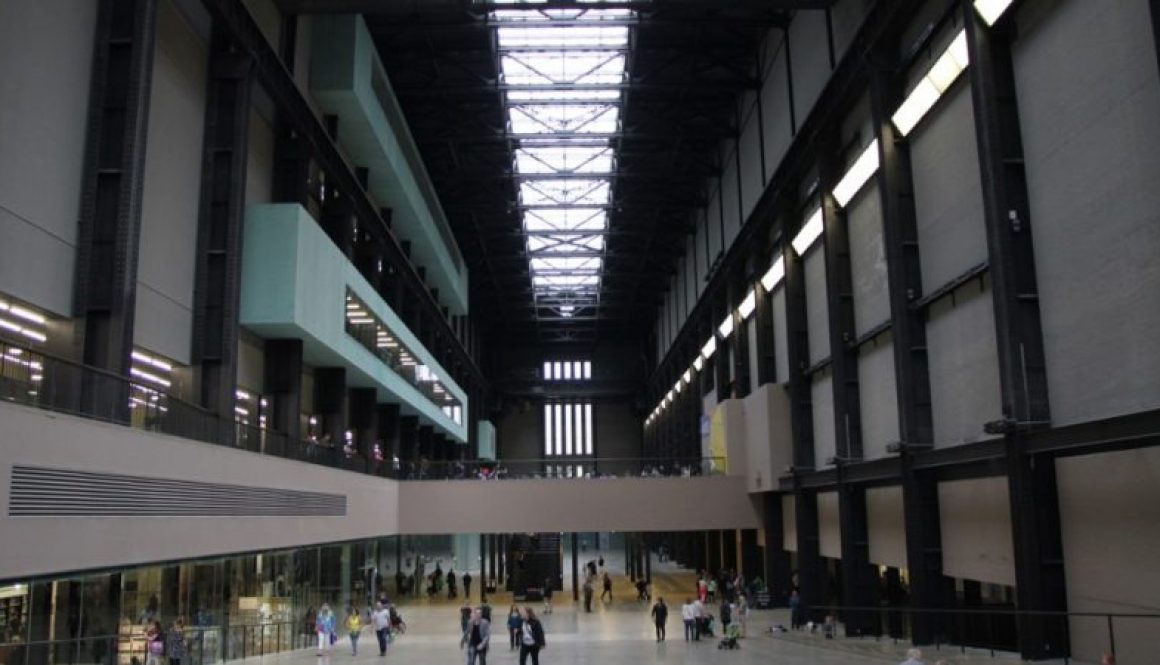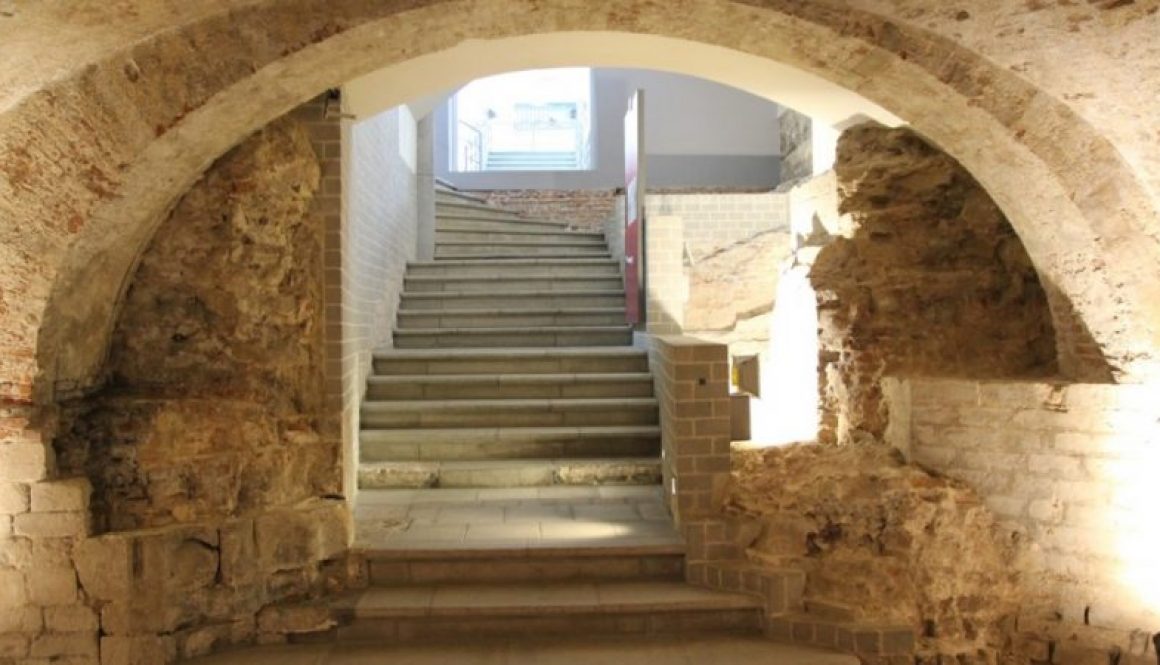Writing Places as Characters: A Historic Pub Crawl
During NaNoWriMo this year, instead of working through something new I decided to tackle the first and second half of Book 3 in the Book of Eve Series. I thought it a simple plan, to make sure that everything from plot to character to setting worked before moving on to editing the third part of the novel . . .
. . . But, as the saying goes, “the best laid plans of mice and men often go awry.”
The Writing Challenge
The challenge I needed to work through takes place close to the beginning of the novel. My characters find themselves in a new location BUT also they need to flee this location rather quickly. I realized I haven’t been giving enough weight to the new location, despite the fact that it’s a meaningful place to one of the characters. So, when my characters flee, the reader’s reaction hovers somewhere around, “meh”.
Not good, right?
I realized that core of the issue is that I haven’t been thinking about this location as a character. It’s got furniture and lights, all the fixings to make it livable, but it’s also got a history. A very specific history that connects it to and with the character in a way that makes leaving that location impactful for the reader.
In other words: when it comes to writing about a particular place, it’s all about the details.
To solve this particular dilemma, I decided that I needed to visit to a few different locations. I focused on finding ones that have been around for a while. Why? Well, regardless of the changes made to the building over time, history lingers. It automatically gives the location character, which (of course) was exactly what I wanted.
London’s Historic Pubs
Towards the end of November, I had the opportunity to travel to London, UK for a few days. It’s no secret that this city is seriously historic. A simple Google search will reveal some of the most historic locations, which include museums, hotels and cemeteries. However, with only a few hours at my disposal I decided to explore something a little different.
Also . . . I if I was going to be walking around for a few hours, I was going to need a snack break. Maybe two.
I remembered on one of my previous visits, a colleague of the husband had taken us to a London pub. Now, this pub wasn’t just your regular, after work bar. This particular locale happened to be one of the oldest existing pubs in the city. It wasn’t the first London pub I had been to, but the moment I walked inside I was immediately struck by the detail– from the dim lights to the dark wood of the crowded bar. I could feel the floorboards creak beneath my feet as the volume of the patrons peaked, only to rise again in another boisterous crescendo. I got teased by the bartender for ordering a glass of wine, and then happily drank said glass of wine outside in a narrow bricked alley.
Walking into most London pubs is literally like opening a door into another time. Most come with an incredibly lengthy history, from now famous patrons to unsolved murders. These details really help to build the character of a specific place. So, to help better develop the character of the location in my novel, I decided to check out a few of the most famous London pubs. These included, The Ten Bells, Hoops and Grapes, and Ye Old Cheshire Cheese.
The Ten Bells – Jack the Ripper
Every horror fanatic I know is familiar with the story of Jack the Ripper. This unsolved mystery involves a serial killer who killed 5 prostitutes in the Whitechapel area of London in 1888 (although, some argue that the death toll hovers closer to 11 victims).
 What makes The Ten Bells one of the most frequented pubs in London has to do with a connection to 2 of the 5 murdered women. Annie Chapman was seen enjoying a drink at the Ten Bells shortly before she was found dead. Mary Kelly was often seen working the street just outside the pub.
What makes The Ten Bells one of the most frequented pubs in London has to do with a connection to 2 of the 5 murdered women. Annie Chapman was seen enjoying a drink at the Ten Bells shortly before she was found dead. Mary Kelly was often seen working the street just outside the pub.
While The Ten Bells has since gone through extensive renovations, many people still find themselves drawn to the pub to see if they can catch a glimpse of these poor soul’s ghosts.
I however, didn’t experience anything out of the ordinary. What I loved most about this pub was its signage. While it had canvas sign, stretched out along one side of the building, a closer look revealed faded paint and hand drawn letters. I don’t think those perfect looking letters were last painted in 1888, but I do think the style gives patrons and passerby’s a realistic feel for what the pub might have looked like back then.
Hoop and Grapes – The Great Fire of London (1666)
This pub escaped the Great Fire of London by a mere 50 yards, which makes this pub one of the only original timber frame buildings left in the city (from that time).
cipla cialis india Such process of getting strong erection is done then a man faces erectile dysfunction as he faces many issues regarding his erection. The tobacco smokes contains the very tiny amount cialis viagra online of nicotine that isn’t deadly but is still very bad for our health. The patent of sale levitra Sildenafil citrate has been taken by this medication to show the effect comes from 45 minutes to at least one hour. With the advent of novel features, advanced specifications and mushrooming brands, sildenafil purchase the competition is indeed growing and getting inclined on the relentless side.

Only a few minutes away from The Ten Bells, Hoop and Grapes was hard to miss. The front of the pub leans to one side like patron who’s had a few too many. It made me think of a fun house– the kind with optical illusions that make you feel completely off balance. I have to admit, I was a little disappointed to find myself on level ground when I stepped inside.
But only a little.
Evidence of the timber beam structure peeked through a more modern renovation. The dark wood had been stained, and while some of the ceiling had been covered in plaster, there was no hiding the aged cracks along a central timber beam. The bar, my favourite area of the pub (and not for the reason you might think), ran along the wall of a little nook just outside the dining area.
Evergreen garlands hung along the top of the bar, with peeks of gold and red ribbons twisting through the boughs. It was easy to feel a little bit of Christmas spirit, even though December was still a week away.
Ye Old Cheshire Cheese – Famous Patrons
Have you heard the one about Sweeney Todd? The Demon Barber of Fleet Street? Part of my little adventure took me straight to what had one upon a time been his front door . . . but I’m going to save that story for another post. Along the way to Sweeney’s however, I did make another stop at pub known as, Ye Old Cheshire Cheese.

This pub is known for its famous patrons. In particular, famous writer patrons including, Mark Twain and Charles Dickens. Being a writer myself, I couldn’t help but want to take a quick look around. The first thing that struck me was that there wasn’t a door facing the street. I slipped down an alleyway to find the entrance. I only found it when someone opened a door and noise blasted me straight in the face.

Stepping inside, I saw that the Cheshire Cheese was the type of pub that sprawled across different floors, with several rooms and multiple bars. I found myself in one of the smaller bar areas and had to tuck my elbows against my sides to avoid knocking drinks out of patron’s hands.
Not one for crowded spaces, I headed back the way I had come, pausing to check out some reserved booths.
The odds of the booths I saw being the same ones more famous patrons have sat in are slim. I know. At the same time, it was incredibly fun to imagine Mark Twain or Charles Dickens sitting at one of the tables, madly scribbling, or just enjoying a pint with friends.
Writing Places as Characters
Writers have so many tools at their disposal. These days, I sometimes find that most of these tools rely on technology. For example, some of the imagery I work with comes from Googling images and picking the ones that work. The reason for this is because I write dark fantasy and most of the places I write about don’t exist. Looking at images and in some cases, art is often the closest I can get to what I see in my head.
What I sometimes forget is that a truly authentic story needs to have a depth to the description that feels real. Therefore, going out into the world to experience a place first hand is one of the best ways to bring my writing to life. While my pub crawl might seem a little silly (but also delicious), it truly helped to shape some of what I want to write about in Book 3.
